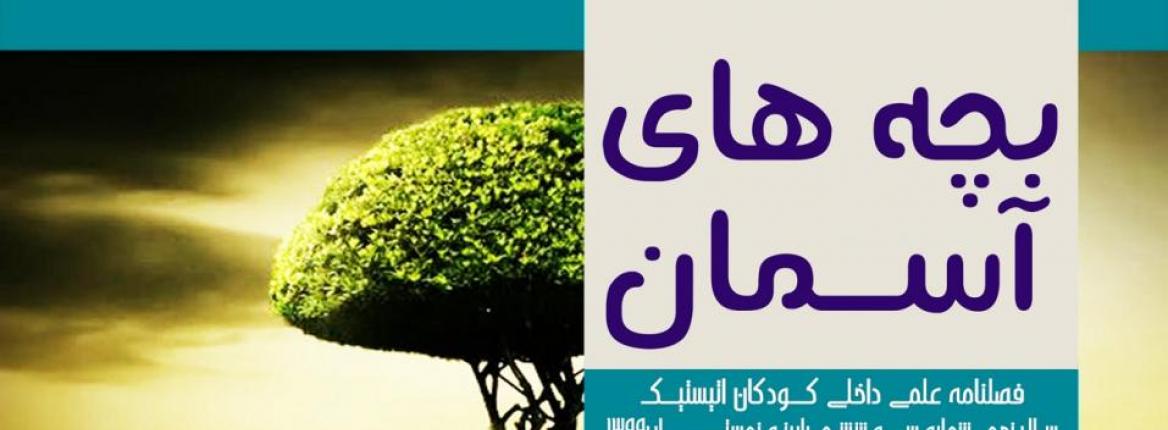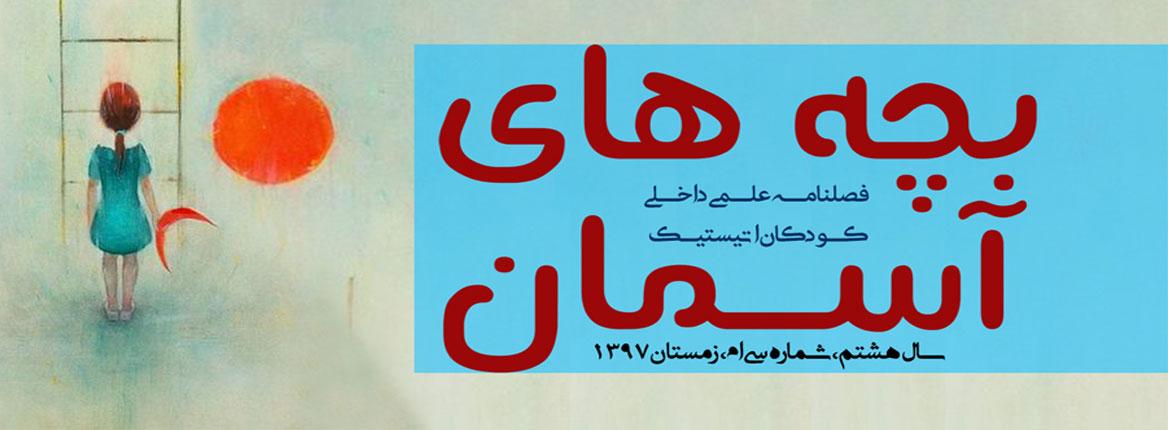Acknowledgment
What is Autism?
Not being a disease, autism is a growth disorder in brain function. Autistic people mark 3 signs: weak social communications, problems in verbal and nonverbal communications and stereotypical and repetitive acts. These signs demonstrate in early three years and seem to continue in lifetime. Although there is no special medicine to cure autism, early training process is essential because it might develop the social growth and reduce the undesirable behaviors.
Since 1980 when for the first time autism disorder was recognized as a separate category till 2013 when the fifth edition of diagnostic and statistical manual (DSM-5)was published by the America’s psychotherapy association, vast alters and changes is applied in the field of autism. One common criticism to the previous versions of the DSM was that the partition classification was not clarified in them. For example studies show that for many disorders, the distinction of common symptoms to slighter symptoms is related to the “degree” not to the “kind”. For this reason and because of the problems in autism disorder separation, Asperger disorder,Rat disorder and the childhood analysis disorder, DSM-5 removed all of these disorders and introduced them as the term “Autism Spectrum Disorder”.
Other main change that happened in the autism spectrum disorder is that unlike DSM-4, DSM-5 introduces the necessary factors of autism diagnosis in two general fields of communication failure and social interaction and behaviors, limited and repetitive interests and activities. Obviously, DSM-5 mixed the factors of the social interaction failure and the social communications. The logic behind this change is that there is an average correlation coefficient between the failure in social skills and the communication skills in ordinary people, while in statistical samples of children and adults affected to autism spectrum disorder there is high correlation coefficient between social skills and the communication skills. So DSM-5 combined these two factors.
The intensity level of autism spectrum disorder is determined on a continuum and the failure degree for existing problems in social communication and for behaviors, limited and repetitive interests is separately considered. DSM-5 introduced three intensity level for autism spectrum disorder: level 1: support need, level 2: great support need and level 3: too much support need.
According to America’s disease control and prevention statistics autism prevalence in 2016 was 1 in 68 which reached to 1 in 59 in 2018. Boys proportion in 4 times more than girls. This disorder is observed among all races and global levels with various intensities
1397
تیر
27
چهارشنبه 27 تير 1397
2018
July
18










Add new comment